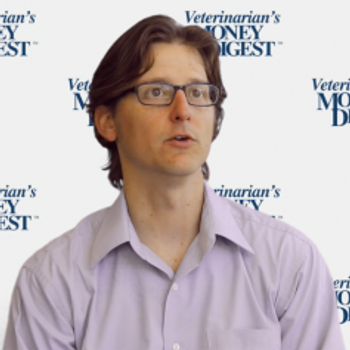
Tony Bartels, DVM, MBA, consultant for the Veterinary Information Network, says there is no reason for veterinary students to wait to seek help regarding their student loan debt.

Tony Bartels, DVM, MBA, consultant for the Veterinary Information Network, says there is no reason for veterinary students to wait to seek help regarding their student loan debt.

Kat Albrecht, founder of Missing Pet Partnership, explains why there is such a low return-to-owner rate for missing cats.

Kara M. Burns, MS, MEd, LVT, VTS (Nutrition), president of the Academy of Veterinary Nutrition Technicians, talks about how the academy got started.

Audra Farrell, Community Cares supervisor for the San Francisco SPCA, says veterinarians and shelter workers can advise the public about trap-neuter-return programs by getting involved themselves.
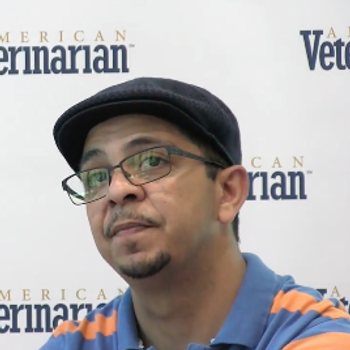
Norberto "Rob" Rosa, associate vice president of operations for New Leash On Life USA, tells the story of Rosie, the mascot for New Leash On Life USA.

Christopher Scudder, BVSc, MVetMed, MRCVS, DACVIM, PhD student at Royal Veterinary College, believes hyposomatotropism, or acromegaly, in cats is progressive and being diagnosed late in the condition.

Kara M. Burns, MS, MEd, LVT, VTS (Nutrition), president of the Academy of Veterinary Nutrition Technicians, describes when semi-elemental nutrition should be used.
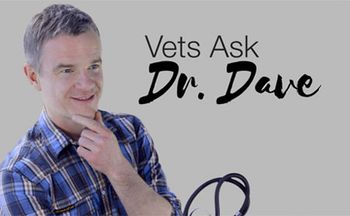
Pained veterinary associates get the help they need in our first bonus-length Vets Ask Dr. Dave.
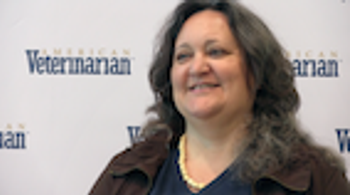
Danielle Bays, community cats program manager for The Humane Society of the United States, encourages private practice veterinarians to talk to those in their community who are running trap-neuter-return programs.
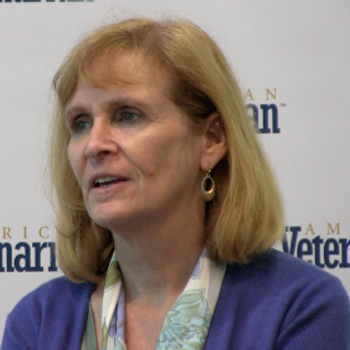
Caryn Ginsberg, MBA, strategic visualyst at Priority Ventures Group in Arlington, Virginia, explains that measuring impact is an ongoing process for veterinary practices.

Chad Johannes, DVM, DACVIM (SAIM, Oncology), assistant professor of veterinary clinical sciences at Iowa State University, talks about the most readily advanceable opportunities for veterinary oncology.

Wendy Hauser, DVM, assistant vice president of veterinary relations for Crum + Forster Pet Insurance Group, says client communication has always been and is still one of the most important skills for veterinarians.

Lap of Love Veterinary Hospice co-founder sets the record straight.

Cynthia Karsten, DVM, outreach veterinarian at the University of California, Davis, and Ann Enright, BVMS, MRCVS, shelter veterinarian at the Cat Protection Society of Victoria in Australia, say the biggest factor in a shelter animal developing an infectious disease is time.
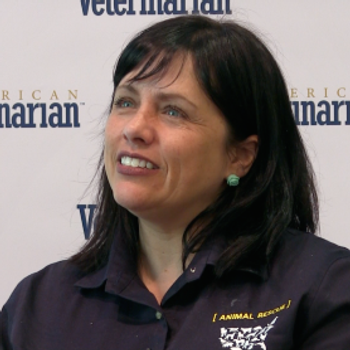
Janette Reever, senior manager of animal crimes for The Humane Society of the United States, says, unfortunately, it's not mandatory for veterinarians to report animal abuse in all 50 states.
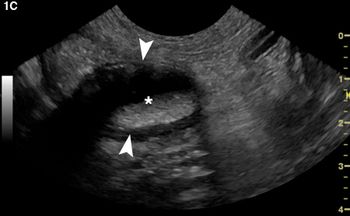
You've got ultrasound questions. We've got answers. Consider these cat-veats to maximize your machine.

Marissa Martino, CTC, CPDTA-KA, behavior manager for Dumb Friends League in Denver, Colorado, and Andrew Mathias, CBCC-KA, canine care specialist for Multnomah County Animal Services in Troutdale, Oregon, explains how each dog and cat is different when it comes to transitioning them from the shelter into the home.

Tony Bartels, DVM, MBA, consultant for the Veterinary Information Network, gives his best advice to students who find their debt is becoming overwhelming.

Dani McVety, DVM, co-founder of Lap of Love Veterinary Hospice, talks about how she thinks creatively when it comes to euthanasia at her veterinary hospice.

Dani McVety, DVM, co-founder of Lap of Love Veterinary Hospice, talks about how teaching veterinary students about euthanasia has evolved.

Powassan doesn't affect pets (at least that we know of yet), but the rest of us need to remain vigilant about ticks for our own sake, says CVC educator Dr. Richard Gerhold.

Amanda Landis-Hanna, DVM, senior manager of veterinary outreach for PetSmart Charities, shares a story about an outbreak of feline upper respiratory infection that affected a large population of cats in New York.
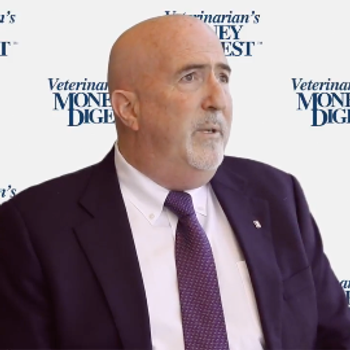
Steven Marks, BVSc, MS, MRCVS, DACVIM, associate dean at North Carolina State College of Veterinary Medicine, describes some of the biggest changes for veterinary schools.

Dr. Sue Ettinger says treatment options aren't great, so watch for these oral tumors early on.
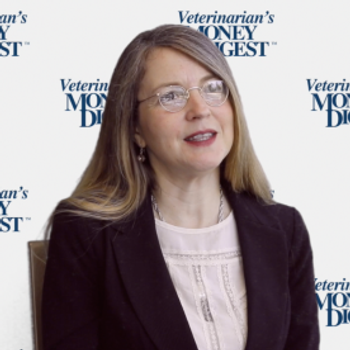
Elizabeth B. Strand, PhD, LCSW, director of veterinary social work at the University of Tennessee College of Veterinary Medicine College of Social Work, explains how the term "veterinary social work" was coined.

Audra Farrell, Community Cares supervisor for the San Francisco SPCA, explains the ways veterinarians can help their community with their feral cat population.

CVC educator Dan Chapel says "storage isn't sexy," but it's essential.

Adam Parascandola, director of animal protection and crisis response for Humane Society International, explains his passion toward helping animal shelters understand how to reduce stress in their shelters.

Kara M. Burns, MS, MEd, LVT, VTS (Nutrition), president of the Academy of Veterinary Nutrition Technicians, explains what semi-elemental nutrition is.

Pat Smith, president of the Lyme Disease Association, says the growing spread of Lyme disease has made it imperative for the veterinary community and human medical community to collaborate.